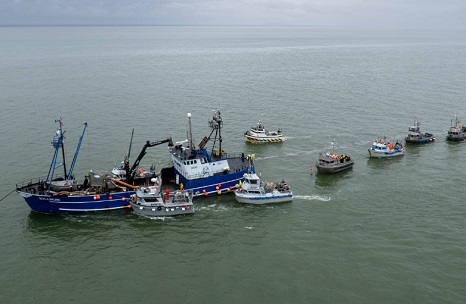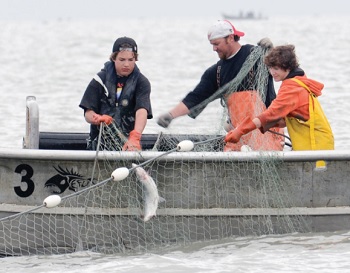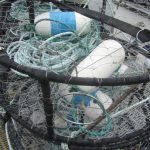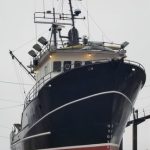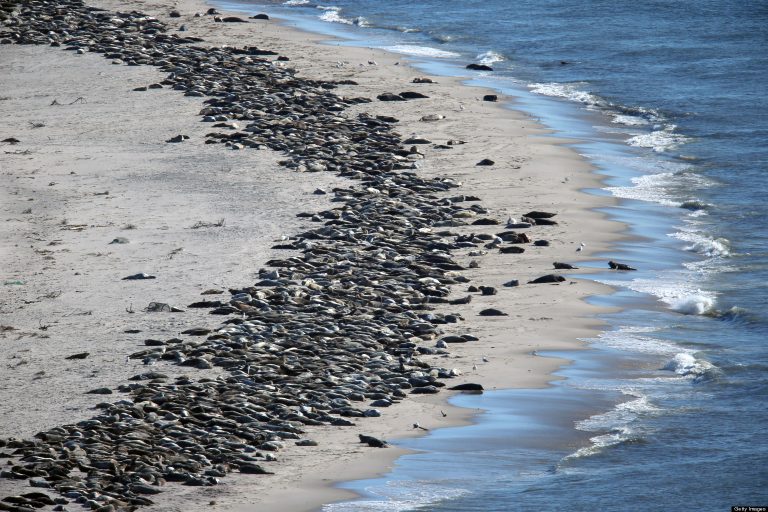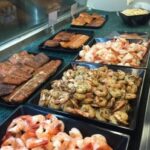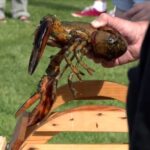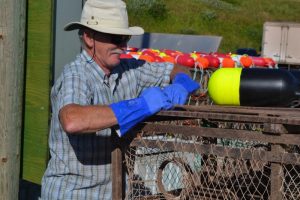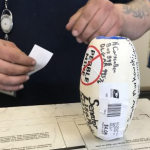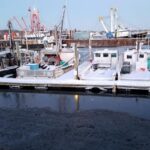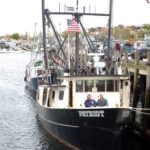Tag Archives: Alaska Commercial Fisheries Entry Commission
Bristol Bay drift permits drop in value
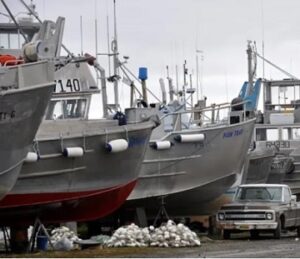 Just a few months ago, a permit for driftnet salmon in Bristol Bay went for over $225,000. There were many in that general price range late last fall. This month, the prices at permit brokerages show that some are being offered for as little as $140,000, more than a one-third drop in value. The price for commercial fishing permits goes up and down through time. In 2020, Bristol Bay drift permits could be found for between $170,000 and $180,000. Then they went up, and now they are down. >click to read< 19:43
Just a few months ago, a permit for driftnet salmon in Bristol Bay went for over $225,000. There were many in that general price range late last fall. This month, the prices at permit brokerages show that some are being offered for as little as $140,000, more than a one-third drop in value. The price for commercial fishing permits goes up and down through time. In 2020, Bristol Bay drift permits could be found for between $170,000 and $180,000. Then they went up, and now they are down. >click to read< 19:43
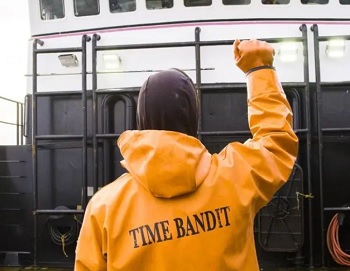
What do Deckhands earn and get paid on ‘Deadliest Catch’ and in the commercial crab industry?
There’s definitely money to be made in crab fishing, more if you star in a popular show about crab fishing. And the crab fishing industry is lucrative. While this is just a snapshot, it’s a pretty eye-opening one. According to a 2006 report, 505 commercial fishermen brought in over $127 million worth in crab loot. If that was evenly divided, it’d be $250,000 per person, but of course, things don’t work out that way. “Wages are often based on a share or percentage of harvest earnings. Newcomer deckhand earnings range from 1.5% to 10% of the adjusted gross catch, depending on location and type of fishery and the skills the worker possesses.” And it’s also situational: some crab fishers can make $50 to $100 a day as a flat rate if they want to play it safe. >click to read< 15:45






